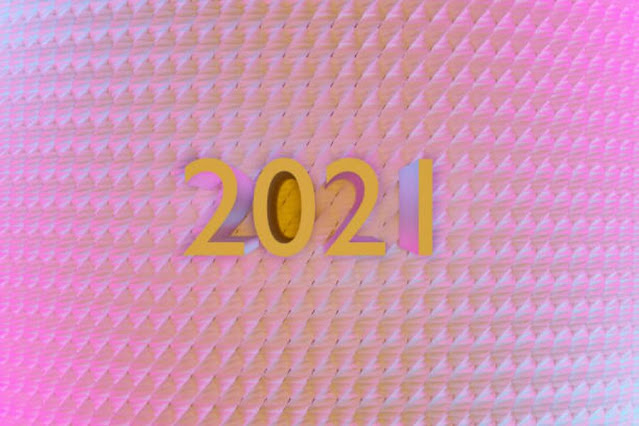Featured
- Get link
- X
- Other Apps
How to Tell if a Diamond is Real or Fake?

Determining whether a diamond is real or fake can be a stimulating
task, especially for an untrained eye. However, there are several methods and
tests you can use to help you determine the authenticity of a diamond. It's
important to note that some of these methods may require specialized equipment
or the assistance of a professional gemologist. Here are some techniques
commonly used to distinguish real diamonds from their imitations:
Certification: One of the most reliable ways to confirm the
authenticity of a diamond is to check for a grading report or certification.
Reputable diamond grading laboratories, such as the Gemological Institute of
America (GIA) or the American Gem Society (AGS), provide detailed reports that
verify the diamond's authenticity and grade its quality based on the 4Cs (shade,
clarity, cut, and carat weight).
Observation: Start by closely examining the diamond under
good lighting conditions. Look for any imperfections, such as scratches,
bubbles, or inconsistencies in color or clarity. Diamonds are formed under
immense pressure in addition heat, which usually results in a high level of
clarity and a lack of visible flaws.
Weight and Size: Genuine diamonds have a specific density
and weight. If you suspect a diamond is fake, you can compare its weight to a
known real diamond of the same size. A significant deviation from the expected
weight might indicate that the stone is an imitation.
Refraction Test: Diamonds have a high refractive index,
meaning they bend light differently than other gemstones. To perform a basic
refraction test, place the diamond face down on a piece of newspaper. If you
can read the text through the diamond, it is likely a fake because a real
diamond refracts light in such a way that it will make the text appear
distorted or blurry.
Fog Test: Hold the diamond between your fingers and breathe
on it to create condensation. A real diamond will disperse the heat quickly,
and the fog should disappear almost immediately. In contrast, a fake diamond
made of materials like glass or cubic zirconia may retain the fog for a longer
period.
Thermal Conductivity Test: Diamonds are excellent conductors
of heat. Obtain a thermal conductivity tester (also known as a diamond tester)
from a jewelry supply store or use the services of a professional jeweler. The
tester will provide a quick indication of whether the stone is a diamond or a
simulant. However, note that this method cannot differentiate between synthetic
and natural diamonds.
UV Light Test: Place the diamond under an ultraviolet (UV)
light source. Real diamonds tend to emit a blue fluorescence, while some
imitations might exhibit different colors or fluorescence patterns. It's
important to note that not all diamonds fluoresce, and the absence of
fluorescence does not necessarily indicate a fake.
Magnification: Examine the diamond under magnification using
a jeweler's loupe or a microscope. Look for natural inclusions within the
stone. Diamonds typically have unique internal characteristics that are visible
under magnification, while imitations may lack these natural imperfections.
Conductivity Test: Use an electrical conductivity tester to
check if the diamond conducts electricity. Diamonds are exceptional insulators
and do not conduct electricity. If the tester indicates electrical
conductivity, it is likely a fake diamond or a diamond simulant.
Professional Assessment: When in doubt, seek the opinion of
a professional gemologist or a trusted jeweler. These experts have the
knowledge, experience, and equipment to accurately identify diamonds and
differentiate them from imitations. They can also provide you with a detailed
analysis of the diamond's characteristics.
It's important to remember that some of these tests are
preliminary indicators and may not guarantee absolute accuracy. Sophisticated
imitations can sometimes pass certain tests, so it is essential to use a
combination of methods and consult with professionals when necessary.
- Get link
- X
- Other Apps
Popular Posts
Fosters Creativity and Self-Expression: The Transformative Power of Art and Creative Pursuits
- Get link
- X
- Other Apps
.jpg)
